UW-Madison Buildings and Their Namesakes
At the University of Wisconsin-Madison, many of our buildings are named in honor of individuals who were affiliated with the University and had significant accomplishments to be recognized. Many of these accomplishments include being pioneers in their industry or significant leaders of the university. Here are some of those people.
Thomas Chamberlin
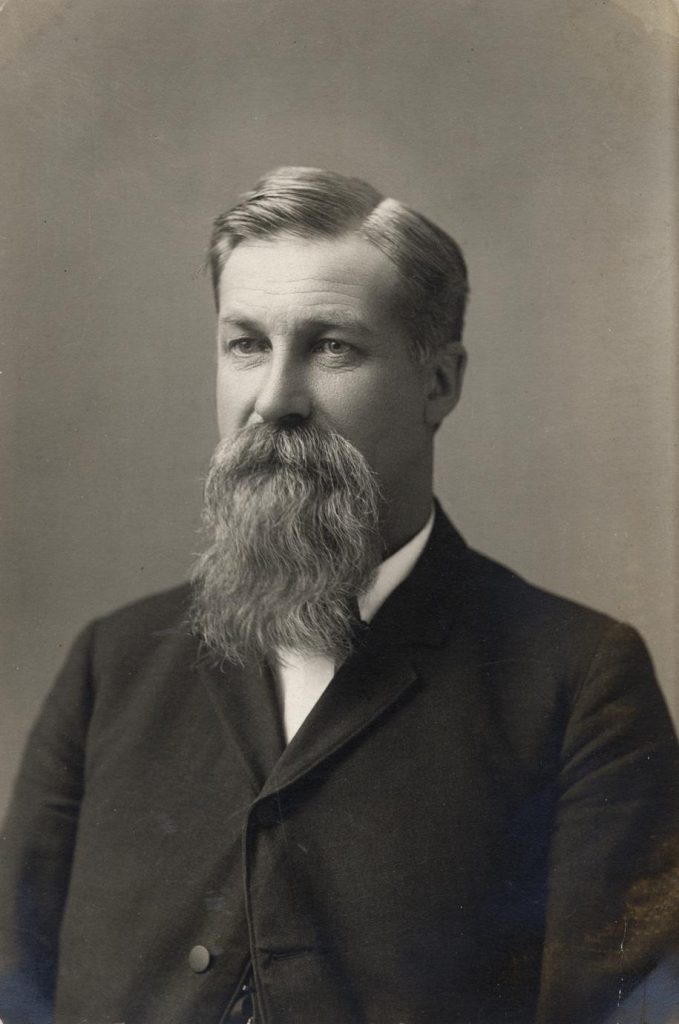
Thomas Chamberlin.
https://digital.library.wisc.edu/1711
.dl/YYFVXTJ5YS7TM8D
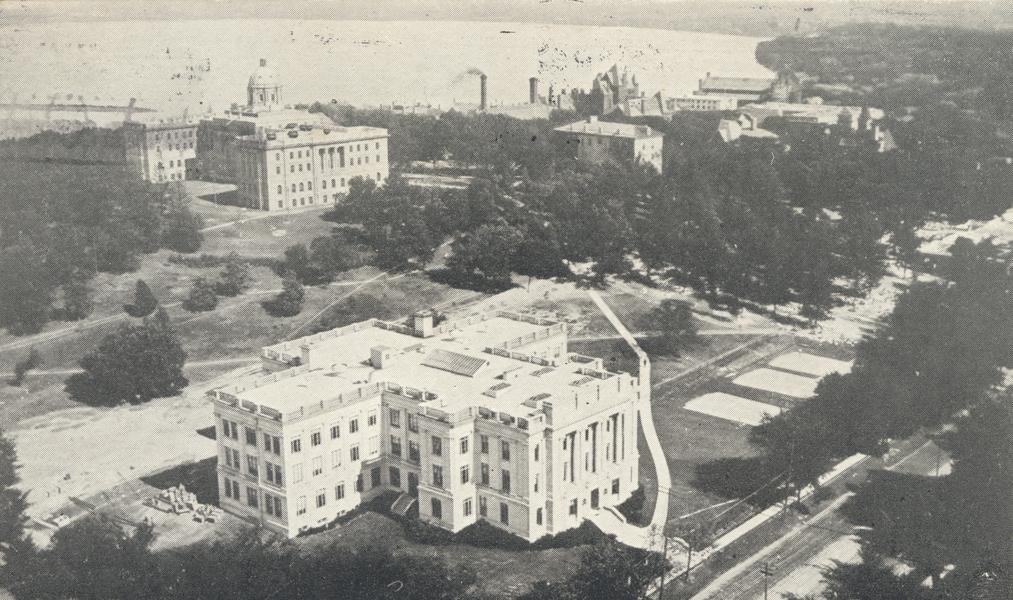
https://digital.library.wisc.edu/1711.dl/RURGVH7WETGNL8F
After receiving his Bachelor of Arts from Beloit College in 1866, Thomas Chrowder Chamberlin (1843-1892) would go on to earn doctorates from the University of Michigan and the University of Wisconsin. Originally a professor of science specializing in geology, Chamberlain was chosen to be President of the University after the resignation of John Bascom in 1886. During his tenure, he encouraged graduate school, attracted nationally ranked faculty, and transitioned the school from a college to a university. Furthermore, Chamberlin radically reorganized the university by dividing the existing departments into colleges and hiring deans to serve as administrators of each school.
Harry Steenbock
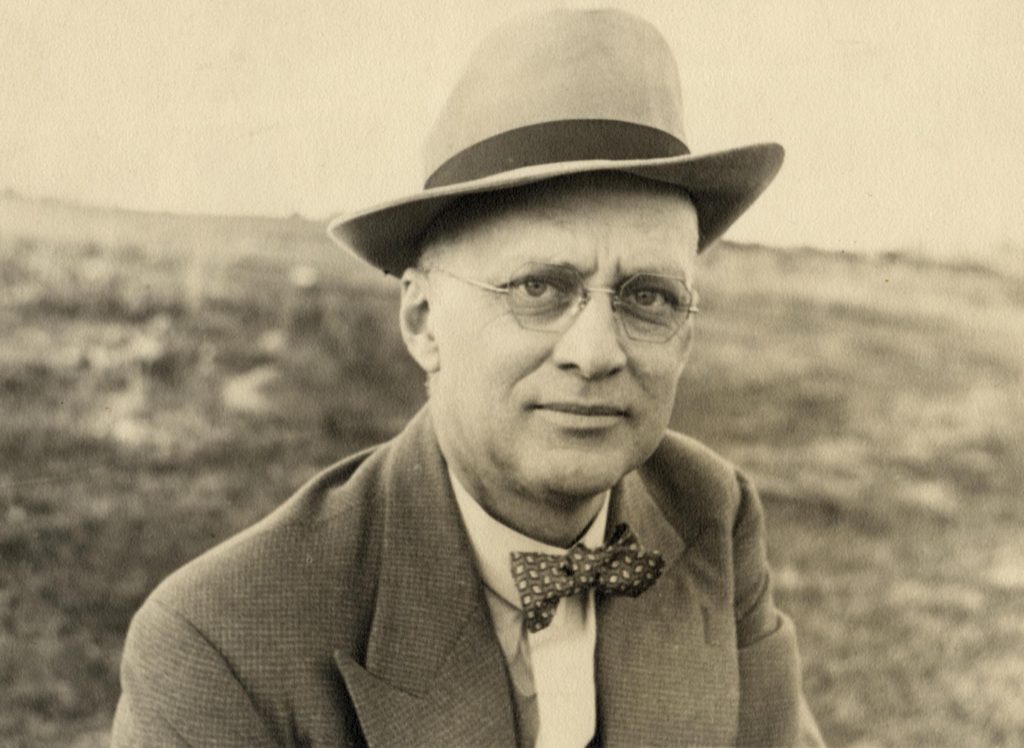
https://digital.library.wisc.edu/1711.dl/VGCJCLUUWJ2EW83
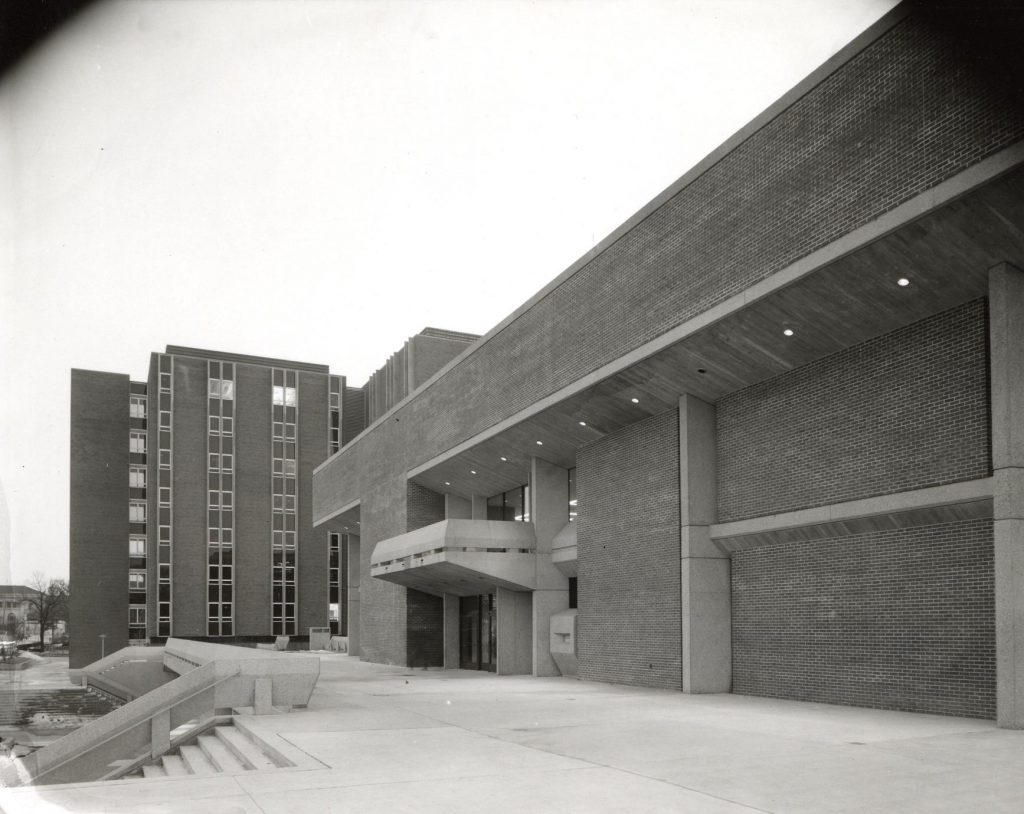
https://digital.library.wisc.edu/1711.dl/IID6GTUUVVK728D
Dr. Harry Steenbock (1886-1967) was a pioneering dairy scientist and professor of biochemistry, credited with developing inexpensive methods to enrich foods with Vitamin D. The Wisconsin Alumni Research Foundation (WARF) benefited from Dr. Steenbock’s patents, which were used for advances in animal nutrition. In 1969, Steenbock Memorial Library was built, and in 1974, it became a member of the University of Wisconsin-Madison General Library System. It was built to house the College of Agriculture and its library as well as the University of Wisconsin Archives. In 2018, the Wendt Library for Engineering relocated to Steenbock Library, making Steenbock the primary library for science and engineering at UW-Madison.
John Sterling
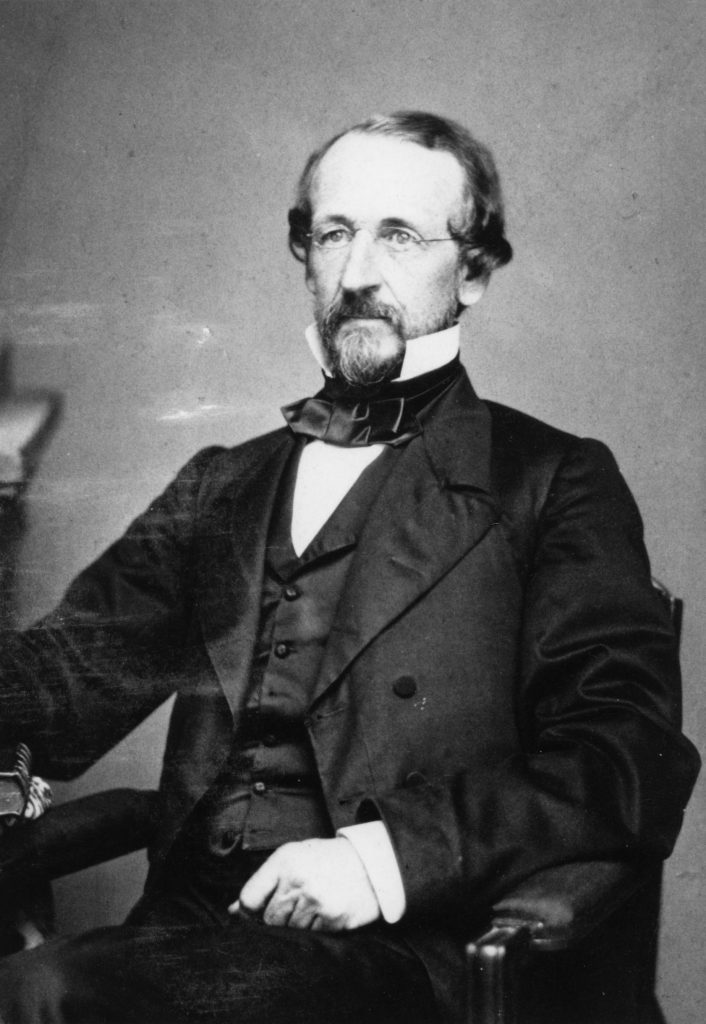
of the University.
https://digital.library.wisc.edu/1711.dl/E6UCOIVZEZWPR8J
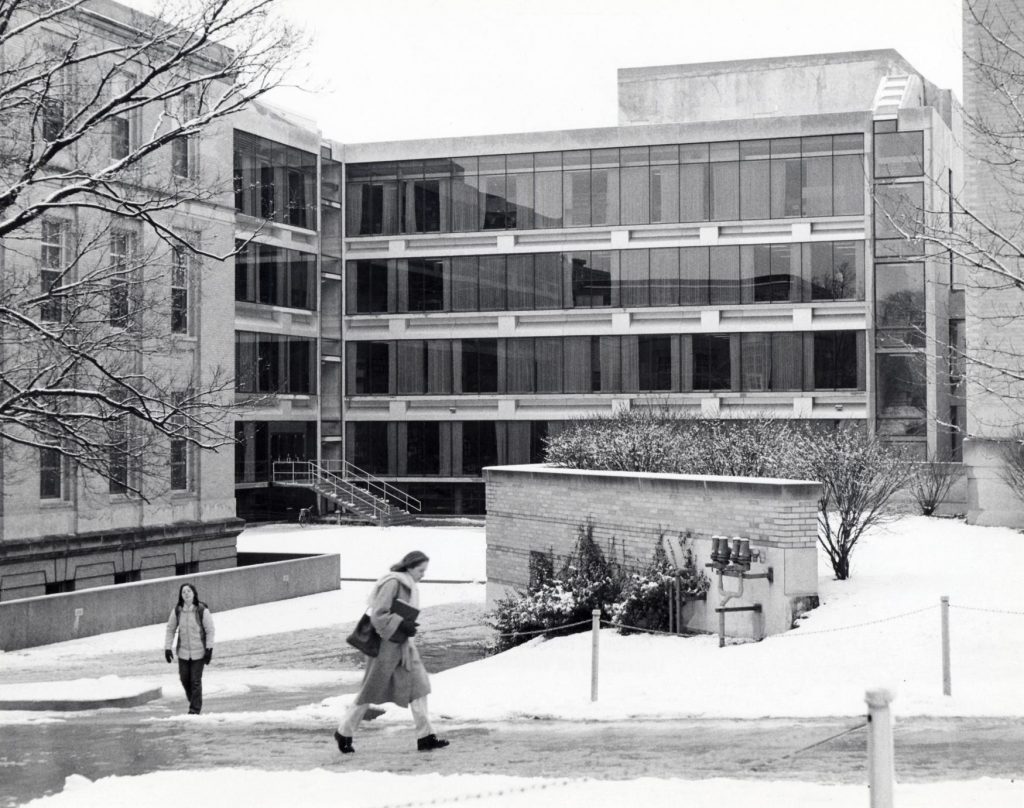
https://digital.library.wisc.edu/1711.dl/AL33XU4H34G7W8V
When the university opened in August of 1849, John Sterling and Chancellor Lathrop were the only faculty. Known as the “Father of the University,” due to his work in the development of the school, John Whelan Sterling (1816-1885) was a professor of mathematics and a founding leader at the University. Sterling would originally head the university’s preparatory department and would go on to serve as the Dean of Faculty and Vice Chancellor (1861-1867). After the inauguration of Paul Chadbourse in 1867, Sterling returned to teaching various subjects until his sudden death in 1885.
Charles Van Hise

https://digital.library.wisc.edu/1711.dl/3XUEF746R44C48B
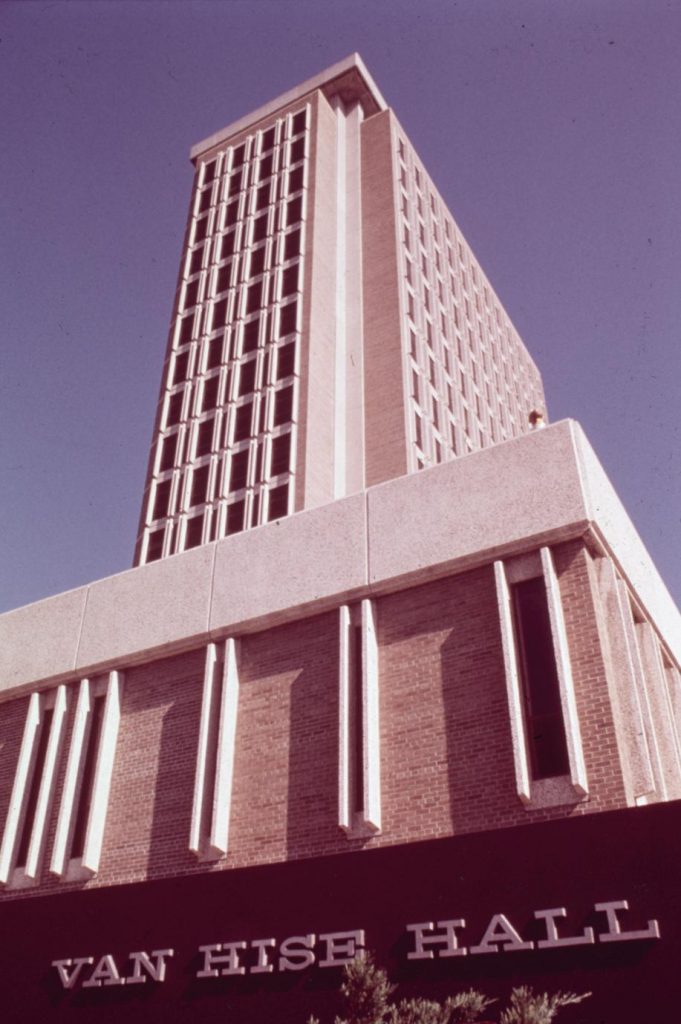
https://digital.library.wisc.edu/1711.dl/6P36W2ZXFIIXB8T
Born on May 29th, 1857, Charles Richard Van Hise received four degrees from the University of Wisconsin, including a Bachelor of Metallurgical Engineering, leading him to join the faculty as an assistant in metallurgy and chemistry. After receiving the first PhD from the University of Wisconsin in 1892, Van Hise stayed with the university through his entire life, becoming the first alumnus to be elected president of the university in 1903. During his tenure, Van Hise oversaw the establishment of the graduate school, the founding of the Medical School, increased faculty by 325%, and the university’s income quadrupled.
William Vilas

and UW regent, William F. Vilas.
https://digital.library.wisc.edu/1711.dl/XYINYZLFMPG4S8W

https://digital.library.wisc.edu/1711.dl/326LJ2WTGNHA28Y
After completing his undergrad at the University of Wisconsin in 1858 and the University of Albany Law School in 1860, William Freeman Vilas set up his law practice in Madison and served as a professor of law at the University of Wisconsin (1868-1885). Simultaneously, Vilas was a regent of the University of Wisconsin (1881-1885, 1898- 1905), and after his death, he left a large sum of his fortune to that institution. Vilas was also very active in politics and served in the cabinet of President Grover Cleveland, as Postmaster General (1885-1888), and as Secretary of the Interior (1888-1889). In 1891, Vilas was elected to represent Wisconsin as a U.S. Senator and served one term (1891-1897).
Helen C. White
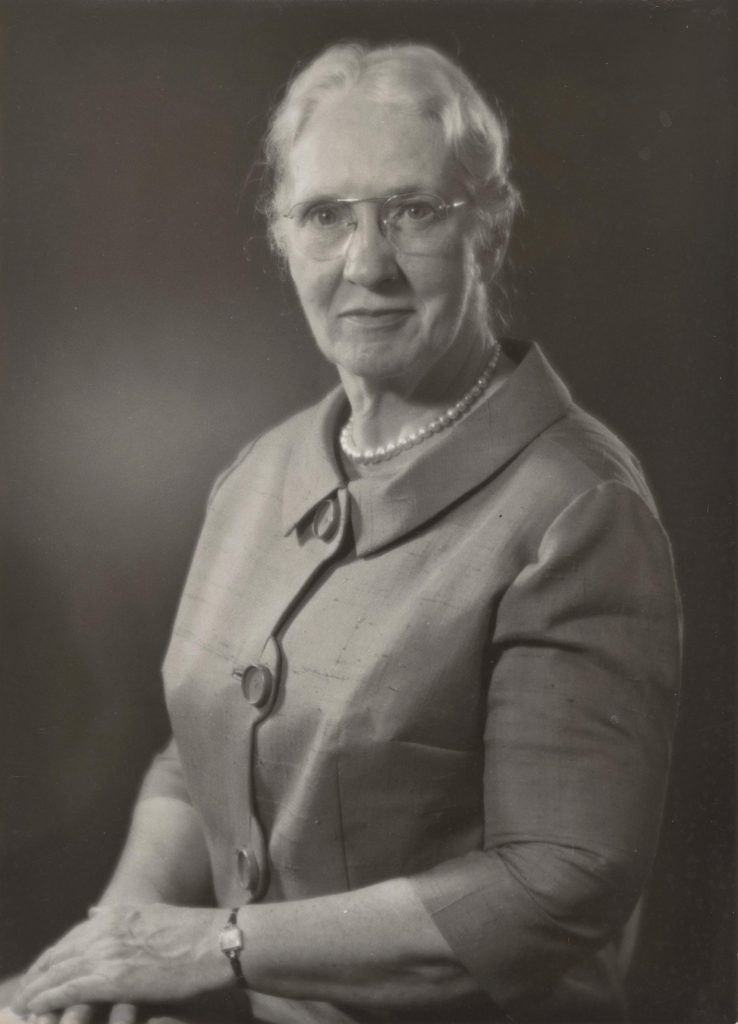
https://digital.library.wisc.edu/1711.dl/GIAMRIISJV4NU8M

After getting hired in 1919 and up until her death in 1967, Helen C. White (1896-1967) was a pioneer in the UW English Department. At the beginning of her career, she was both an assistant professor and a PhD candidate. In 1936, she became the first full-time professor in the College of Letters and Science, and eventually, in 1955, she would become the first woman to head the English Department. Two years after her death, Helen C. White Hall would be built to house the College Library and various Letters and Science department offices, including the English Department.